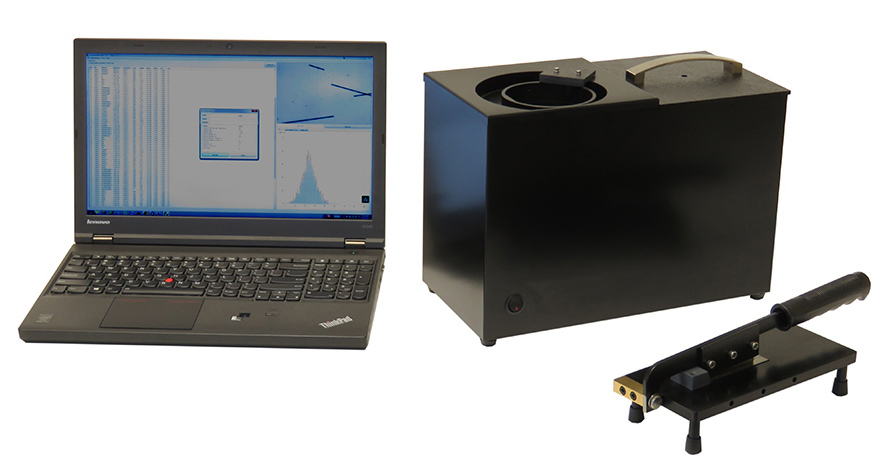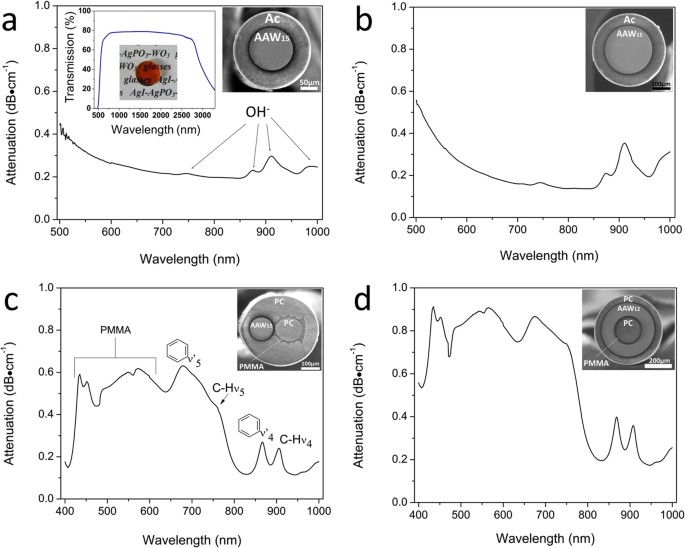Maximize Your Fibre Optic Performance: Understanding Optical Fiber Size Analyser Technology
The performance of fibre optic systems is critically influenced by the precision of their diameter, a factor commonly neglected in the quest of optimum signal honesty. Comprehending the technology behind optical fiber size analysers reveals the elaborate balance in between dimension precision and production quality.
Value of Optical Fibre Size
The size of optical fiber plays a critical duty in identifying the performance and effectiveness of interaction systems. Conversely, smaller sized diameters tend to support less settings, which can improve signal clearness and reduce crosstalk.

Additionally, understanding the diameter's implications can cause set you back financial savings by reducing the requirement for signal boosting and repeaters in substantial networks (optical fibre diameter analyser). To conclude, the importance of optical fibre diameter can not be overstated, as it directly impacts the general performance and reliability of modern communication systems

How Size Influences Signal Quality
Signal top quality in optical fiber systems pivots dramatically on the size of the fibre. A smaller sized diameter can lead to greater attenuation prices, resulting in signal loss as light trips with the fibre.
Alternatively, larger diameters usually enable boosted light capture and minimized modal dispersion, enhancing signal clarity. In multimode fibres, a bigger core diameter can sustain several light modes, but it may additionally present intermodal dispersion, which can deteriorate signal high quality. Choosing the optimal fibre size is vital for achieving the preferred efficiency in specific applications.
Furthermore, the communication between the fibre diameter and the wavelength of the light made use of plays a critical function in establishing the reliable transmission distance and total signal stability. Thus, understanding how fibre diameter influences signal quality is important for network developers and designers making every effort to maximize optical fiber systems for dependable, high-speed data transmission.
Introduction of Diameter Analyser Modern Technology
In several optical fibre production processes, exact dimension of fiber size is important for making sure constant performance and high quality (optical fibre diameter analyser). Size analysers are advanced tools developed to analyze the physical dimensions of optical fibers with high accuracy. They employ advanced optical and laser modern technologies to gauge the size, ovality, and concentricity of the fibre, therefore giving critical information for top quality control
These analysers can run in-line throughout the manufacturing process or as part of off-line testing protocols. In-line systems make it possible for real-time tracking, allowing manufacturers to change criteria promptly, thus keeping optimal production conditions. Off-line analysers, on the various other hand, provide extensive assessments of sets, making certain that any kind of variances from specified resistances are determined and addressed.
Diameter analysers considerably add to the reduction of flaws in optical fibres, boosting total item dependability. By continually determining key criteria, these modern technologies promote compliance with industry criteria and specifications. As the need for high-performance optical fibres remains to increase, the role of size analysers comes to be significantly crucial in accomplishing the desired quality and efficiency criteria in fiber optic systems.
Key Functions of Fiber Diameter Analysers
Although various designs of fiber diameter analysers exist, they typically share several key functions that boost their functionality and integrity. One of one of the most considerable attributes is high-resolution measurement capabilities, which guarantee specific diameter analyses, essential for maintaining quality control in fiber production. Additionally, several analysers incorporate innovative optical sensing units developed to spot minute variants in fiber size, therefore offering important information for process optimization.
Another essential function is real-time tracking, enabling operators to get prompt responses on fiber diameter throughout the production process (optical fibre diameter analyser). This ability assists in quick changes and minimizes the likelihood of issues. Several analysers also come furnished with user-friendly user interfaces, allowing operators to conveniently browse through data and settings outcomes
In addition, robust data storage space and evaluation capabilities are vital for tracking historic efficiency trends and guaranteeing conformity with sector criteria. Some designs also use connectivity choices for integration right into existing production control systems, boosting overall functional efficiency. Portable and compact designs enable for adaptable implementation within manufacturing atmospheres, making sure that quality assurance procedures are seamless and efficient. These features jointly contribute to the effectiveness of fiber size analysers in enhancing fiber optic efficiency.
Best Practices for Fiber Optimization

First, regular calibration of optical fibre diameter analysers is vital. This ensures more info here precise dimensions and minimizes possible discrepancies that can affect efficiency. Next, keeping a tidy workplace is crucial; dirt and contaminants can cause signify deterioration.
Additionally, it is essential to choose fibers that fulfill specific application demands. This includes examining aspects such as attenuation, transmission capacity, and ecological problems. Proper setup techniques should additionally be stuck to, including avoiding sharp bends and excessive tension, which can jeopardize fibre stability.
Moreover, employing advanced tracking systems can assist in real-time efficiency assessments, making it possible for prompt recognition of concerns. Routine testing and maintenance should be performed to ensure that fibers great site remain within optimal operational specifications.
Finally, training workers on the current fiber optimization technologies and approaches will certainly improve their capacity to execute effective methods. By following these best methods, companies can dramatically boost the performance and life expectancy of their optical fiber systems, ensuring reliable interaction and data transfer.
Verdict
In verdict, the combination of optical fibre size analyser modern technology is crucial for making the most of fiber optic efficiency. By making certain specific dimensions of fiber measurements, these analysers considerably enhance signal top quality and decrease losses during data transmission.
Signal top quality in optical fiber systems hinges considerably on the diameter of the fibre.In numerous optical fiber production procedures, exact dimension of fiber size is important for making sure consistent performance and high quality. As the need for high-performance optical fibers proceeds to rise, the function of size analysers comes to be see post increasingly crucial in attaining the desired top quality and efficiency criteria in fibre optic systems.
These functions collectively contribute to the efficacy of fibre size analysers in optimizing fiber optic efficiency.
In verdict, the combination of optical fibre size analyser technology is vital for optimizing fibre optic efficiency.